Crops
-
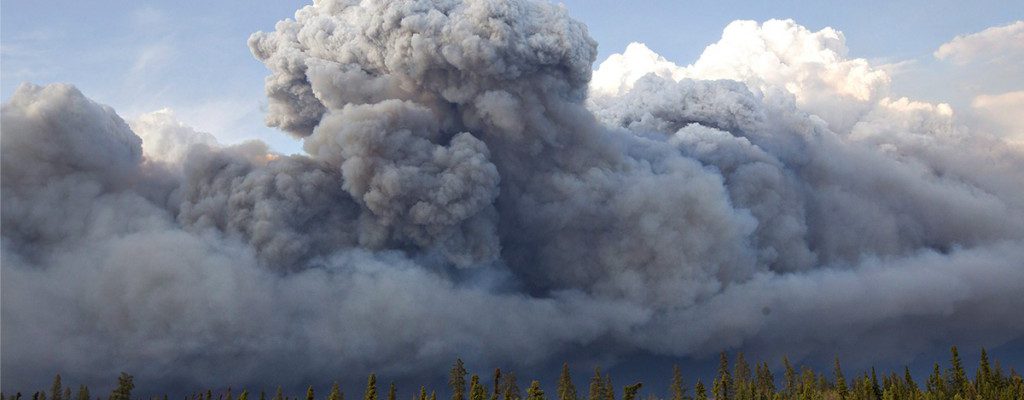
The skies across Georgia and other parts of the Southeast have been very hazy for the past couple of days due to smoke blowing south from the Canadian wildfires, although a lot of it is not reaching the surface but staying aloft. You can definitely see it in the gray skies, orange sun at sunset,…
-
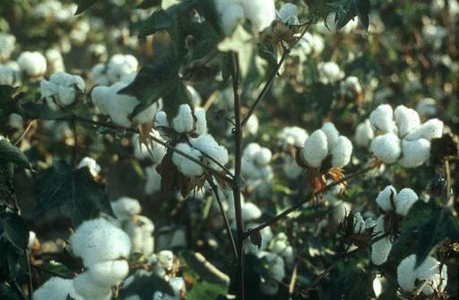
The Southeast Farm Press recently asked some cotton specialists around the Southeast about the current state of cotton in their states. All three specialists talked about the low accumulation of degree days this year due to the cold and cloudy weather and the difficulty getting into the wet fields to apply pesticides and other chemicals.…
-

A new report on Australian stream quality, including the amount of sedimentation, was published in Physics Today last week. It shows that sediment from eroded land fills water holes in streams and rivers, reducing the available water that can help fish and other aquatic creatures to survive times of droughts. The study looked at the…
-
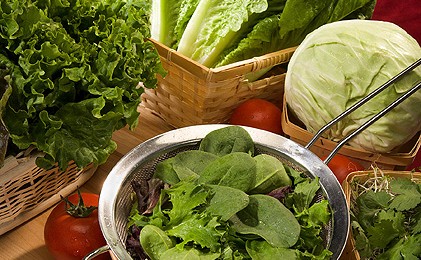
Food waste produces more greenhouse gases than almost any other source. Not only does rotting food emit potent methane, but the transportation of food products that are ultimately thrown away also adds to the emissions. One way to reduce your emissions is to reduce throwing away food by only buying what you need and eating…
-

Last week I posted a story about hail damage in the Southeast from the week of severe weather that affected parts of the Southeast. Here is another story from Vegetable Growers News that details more of the damage that hit vegetable growers around the region. The map below from Eric Snodgrass of Nutrien’s newsletter shows…
-
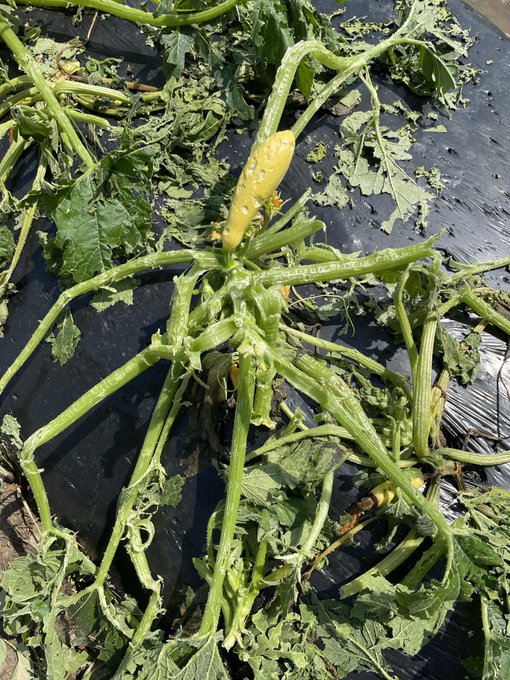
One of the amazing things about the weather in the Southeast the past week or two is the amount of severe weather that we have seen in a month that usually does not have much. Especially notable has been the amount of large hail, which has caused severe damage to cotton, vegetable, and corn crops…
-
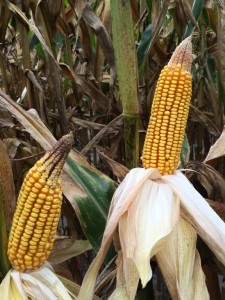
The Indiana PrairieFarmer posted an interesting slideshow this week describing the different ways that ears of corn can become deformed. Of the thirteen ways listed, most of them are related at least in part to unusual temperature or drought stresses that occurred at specific points in the development of the ear. You can view the…